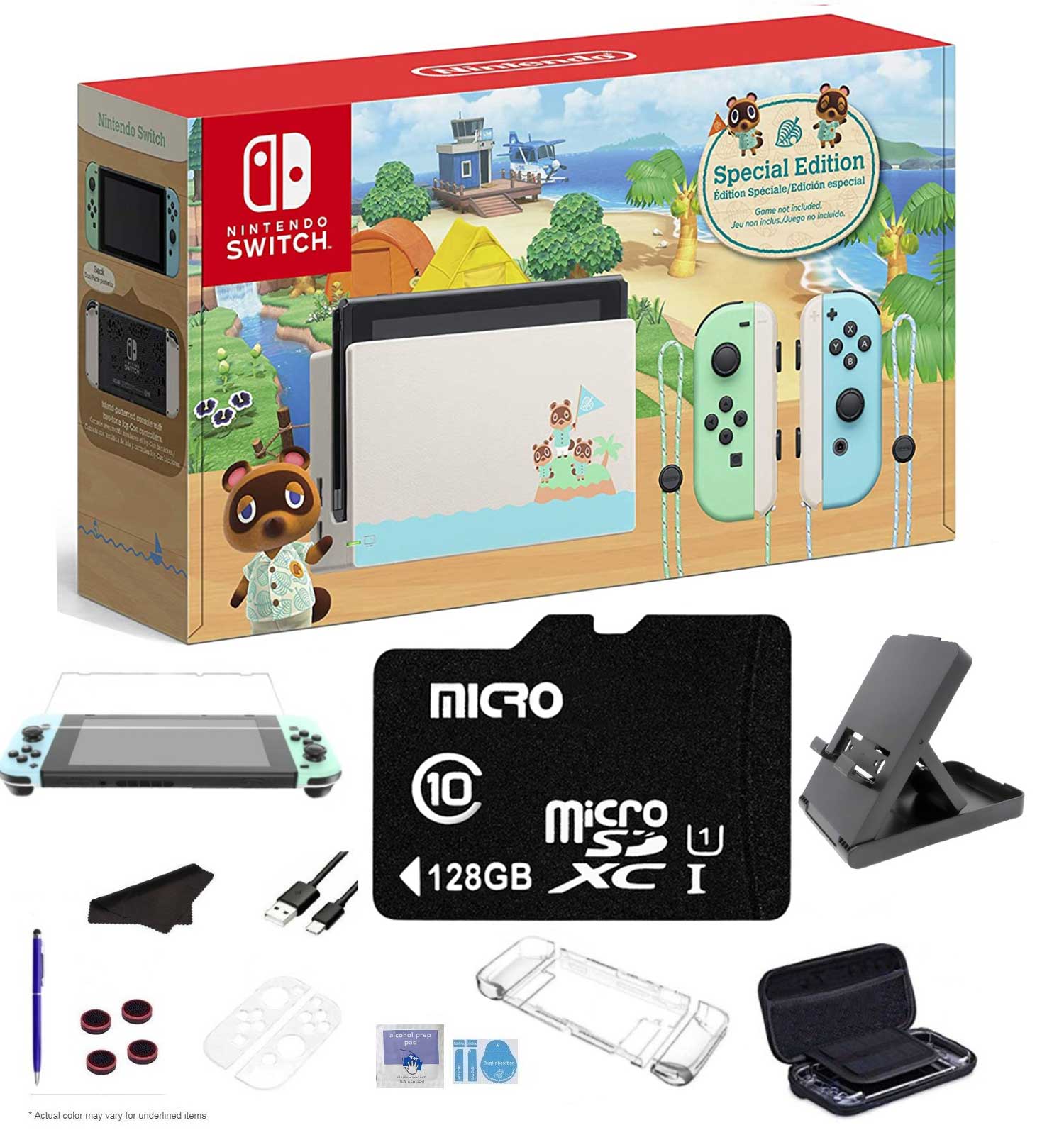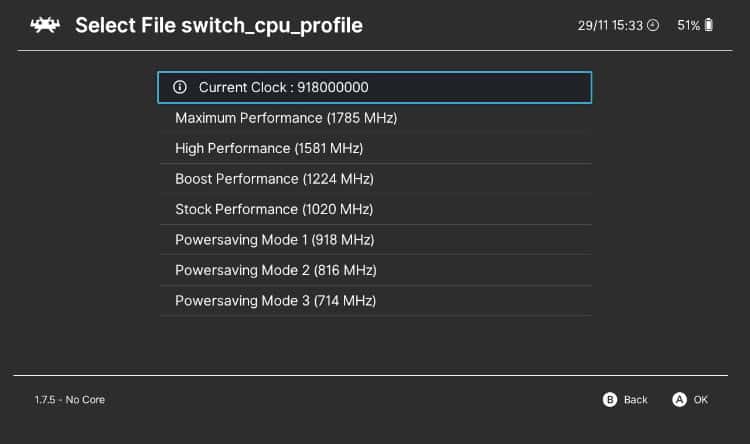The Nintendo Switch has become one of the most popular gaming consoles in recent years, with its unique hybrid design allowing users to play both at home and on the go. But have you ever wondered what powers this innovative device?
In this article, we will dive into the world of CPUs and explore what exactly makes the Nintendo Switch tick.
Contents
1. The History of Nintendo’s CPUs

Overview
Before delving into the specifics of the Nintendo Switch’s CPU, it is important to understand the history of Nintendo’s CPUs and how they have evolved over the years. Nintendo has been in the gaming industry for decades, and as technology advanced, so did their processors.
From NES to GameCube
Nintendo’s first console, the Nintendo Entertainment System (NES), was released in 1983 and was powered by an 8-bit MOS Technology 6502 processor. This processor was also used in other popular consoles such as the Commodore 64 and the Atari 2600. As technology progressed, Nintendo continued to use variations of the 6502 processor in their following consoles, including the Super Nintendo Entertainment System and the Nintendo 64.
In 2001, Nintendo released the GameCube, which was the company’s first console to feature a custom-built processor instead of using off-the-shelf components. The GameCube’s IBM PowerPC Gekko processor boasted a clock speed of 485 MHz and was the precursor to the CPU used in the Nintendo Switch.
The Wii Era
In 2006, the Wii was released, and although it was not as powerful as its competitors, Sony’s PlayStation 3 and Microsoft’s Xbox 360, it was a massive success for Nintendo. The Wii featured a more advanced version of the GameCube’s processor, known as the Broadway, with a clock speed of 729 MHz.
Nintendo’s next console, the Wii U, was released in 2012 and featured a custom-built IBM PowerPC processor with three cores and a clock speed of 1.24 GHz. However, due to its lackluster sales, the Wii U did not receive much attention from developers, and Nintendo needed to come up with something new and innovative to stay relevant in the gaming market.
2. The Switch’s CPU

Overview
Released in 2017, the Nintendo Switch was unlike any other console on the market. It offered gamers the ability to play both at home and on the go, thanks to its unique hybrid design. To achieve this, Nintendo had to create a powerful yet energy-efficient processor, and they turned to NVIDIA for help.
The NVIDIA Tegra X1
The Nintendo Switch is powered by the NVIDIA Tegra X1 processor, which is also used in NVIDIA’s SHIELD TV. This processor features an octa-core ARM Cortex-A57 CPU and a 256-core NVIDIA Maxwell GPU. The CPU has a clock speed of 1.02 GHz, while the GPU runs at 768 MHz.
The Tegra X1 was chosen by Nintendo due to its low power consumption and its ability to deliver high-quality graphics. Its ARM-based architecture also made it easier for developers to port their games to the Switch.
Customizations for the Switch
Nintendo did not use the Tegra X1 as it was; they made some customizations to fit their needs. One significant change was the addition of two more ARM Cortex-A57 cores, bringing the total to eight. This was done to improve the Switch’s multitasking capabilities and allow for smoother gameplay while running multiple applications.
Another customization was the clock speed, which was lowered from 1.9 GHz to 1.02 GHz for better power efficiency. This decision was likely made to extend the battery life of the console when being used in handheld mode.
3. Comparison with Other Consoles

The Xbox One and PlayStation 4
While the Nintendo Switch has a unique design and features, it is not as powerful as its competitors, the Xbox One and PlayStation 4. Both consoles feature custom-built x86 processors, which are more powerful than ARM-based processors like the Tegra X1.
The Xbox One’s processor, the AMD Jaguar, has eight cores with a clock speed of 1.75 GHz, while the PlayStation 4’s processor, the AMD Jaguar 2.0, has eight cores with a clock speed of 1.6 GHz. Both consoles also have more powerful GPUs than the Switch, making them able to handle high-end graphics and performance-demanding games.
The Nintendo Switch and Mobile Devices
As mentioned earlier, the Tegra X1 is also used in NVIDIA’s SHIELD TV, which is an Android-powered device. This raises the question of how the Nintendo Switch compares to other mobile devices.
Compared to flagship smartphones, the Nintendo Switch’s CPU is superior, with most smartphones using quad-core processors with lower clock speeds. However, when compared to high-end tablets, the Switch’s CPU falls behind, with some featuring octa-core processors with clock speeds reaching 2.5 GHz.
4. Performance of the Switch’s CPU

Overview
The Nintendo Switch’s CPU may not be as powerful as its competitors, but it is still capable of delivering an enjoyable gaming experience. Let’s take a look at how it performs in different scenarios.
Docked Mode
When the Switch is docked, it runs at a higher clock speed of 1.02 GHz compared to its handheld mode, where it runs at 768 MHz. This boost in clock speed allows for better graphics quality and smoother gameplay. Some games even offer a performance mode that increases the clock speed further for a more stable frame rate.
Handheld Mode
As mentioned earlier, the Switch’s CPU runs at a lower clock speed in handheld mode to conserve battery life. While this may result in slightly downgraded graphics, most games still look and play great in this mode.
Multitasking
The Switch’s CPU has eight cores, which allows for efficient multitasking. Users can quickly switch between games, applications, and even take screenshots without experiencing any significant lag or slowdown.

Information Security Asia is the go-to website for the latest cybersecurity and tech news in various sectors. Our expert writers provide insights and analysis that you can trust, so you can stay ahead of the curve and protect your business. Whether you are a small business, an enterprise or even a government agency, we have the latest updates and advice for all aspects of cybersecurity.

